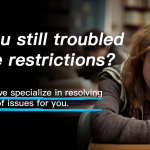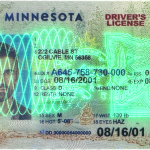Event venues often need to verify the age and identity of attendees, especially when serving alcohol or hosting age – restricted events. One of the most common forms of identification is a driver’s license. However, with the prevalence of fake IDs, it’s crucial for event venues to have effective methods for checking for authenticity. Here are some ways event venues can check for fake driver’s licenses.
Visual Inspection
The first step in checking a driver’s license for authenticity is a visual inspection. Event staff should be trained to look for several key elements on a driver’s license.
- Security Features: Real driver’s licenses have various security features. For example, many licenses have holograms or microprinting. Holograms are three – dimensional images that are difficult to replicate. Microprinting is text that is so small it can only be seen under magnification. If these features are missing, smudged, or look out of place, it could be a sign of a fake license.
- Material and Texture: Real driver’s licenses are made from high – quality materials. The card should have a certain thickness and texture. Fake licenses may be made from thinner, flimsier materials or materials that feel different to the touch. For instance, a real license might have a smooth, yet slightly textured surface, while a fake one could feel overly glossy or rough.
- Print Quality: Examine the print on the license. The text should be sharp, clear, and evenly spaced. There should be no blurriness, smudging, or misspellings. The font used on the license should also match the standard font used by the issuing state or country. Any irregularities in the print can indicate a fake license.
ID Scanners
Many event venues use ID scanners to check the authenticity of driver’s licenses. These scanners work in different ways:
- Magnetic Stripe Reading: Most driver’s licenses have a magnetic stripe on the back. ID scanners can read the information stored on this stripe. The information on the magnetic stripe should match the information printed on the front of the license. If there are discrepancies, it could be a sign of a fake. For example, if the name on the magnetic stripe is different from the name printed on the license, it’s likely a fake.
- Barcode or QR Code Scanning: Some modern driver’s licenses have barcodes or QR codes. ID scanners can scan these codes to access additional information about the license holder. This information can be cross – referenced with the details on the license to ensure its authenticity. If the barcode or QR code cannot be scanned properly or if the information retrieved does not match, it may be a fake license.
- RFID Technology: In some cases, driver’s licenses may use radio – frequency identification (RFID) technology. ID scanners can detect the RFID chip in the license and read the stored data. This provides an additional layer of verification and can help in quickly identifying fake licenses.
Knowledge of State – Specific Features
Each state or country has its own unique design and security features for driver’s licenses. Event staff should be familiar with the licenses issued in the areas where most of their attendees are likely to come from. For example:
- State Symbols and Logos: States often include their official symbols or logos on the driver’s license. These can be difficult to replicate accurately on a fake license. For instance, some states may have a state flower, bird, or emblem prominently displayed on the license. Event staff should know what these look like and be able to spot any inaccuracies.
- Color and Design Elements: The color scheme and design of a driver’s license can vary from state to state. Some states may have a more elaborate design with multiple colors and patterns, while others may have a simpler look. By being familiar with these differences, event staff can quickly identify if a license looks out of place or doesn’t match the known design of a particular state.
Cross – Referencing Information
Another important method is to cross – reference the information on the driver’s license with other available data:
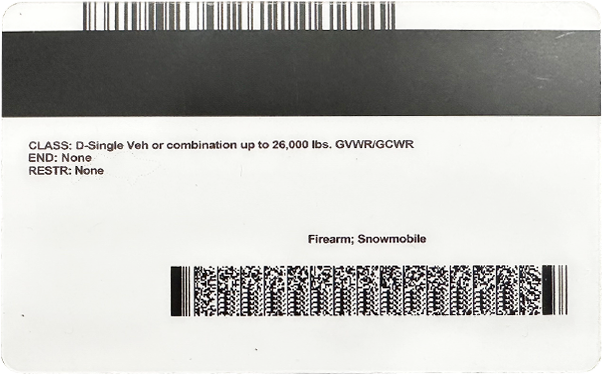
- Photo Comparison: Compare the photo on the license with the person presenting it. The photo should match the individual in terms of appearance, hair color, and facial features. Pay attention to details such as the shape of the face, the eyes, and the nose. If there are significant differences, it could be a sign that the license is not genuine.
- Date of Birth Verification: Calculate the age of the license holder based on the date of birth on the license. Ensure that the person meets the age requirements for the event. If the date of birth seems suspicious or if the math doesn’t add up, further investigation may be needed.
- Address Verification: If possible, cross – reference the address on the license with other information provided by the attendee. For example, if they are purchasing tickets online and provided an address during the registration process, compare it with the address on the driver’s license. Discrepancies in addresses can be a red flag.
Training and Education for Staff
Event venue staff should receive comprehensive training on how to check for fake driver’s licenses. This training should include:
- Recognition of Security Features: Staff should be taught in – depth about the different security features of driver’s licenses, how to spot them, and what to look for in terms of authenticity. They should be able to handle real and fake licenses side – side during training to get a better understanding of the differences.
- Use of ID Scanners: Training on how to use ID scanners effectively is essential. Staff should know how to interpret the results of a scan, what to do if there are discrepancies, and how to troubleshoot any issues with the scanner.
- State – Specific Knowledge: Provide staff with resources and training on the different driver’s license designs and features of various states. This can include brochures, online resources, or in – person training sessions that focus on the key elements of each state’s license.
Common Problems and Solutions
Problem 1: Staff Lack of Training
One of the most common problems is when event venue staff lack proper training in identifying fake driver’s licenses. This can lead to fake IDs going undetected.
Solution: Provide regular and comprehensive training sessions for all staff members who are involved in checking IDs. These sessions should cover visual inspection techniques, use of ID scanners, knowledge of state – specific features, and cross – referencing information. Offer hands – on training with real and fake licenses to improve their skills. Additionally, provide ongoing education to keep staff updated on the latest trends in fake ID production and new security features on driver’s licenses.
Problem 2: ID Scanners Malfunctioning
ID scanners may sometimes malfunction, leading to incorrect readings or inability to scan licenses. This can cause delays and confusion at the entrance of the event.
Solution: Regularly maintain and service ID scanners to ensure they are in good working condition. Have a backup scanner available in case the primary one fails. Staff should be trained on basic troubleshooting steps for scanners, such as checking the power source, cleaning the scanning head, and restarting the device. If the problem persists, contact the scanner’s manufacturer or service provider for technical support.
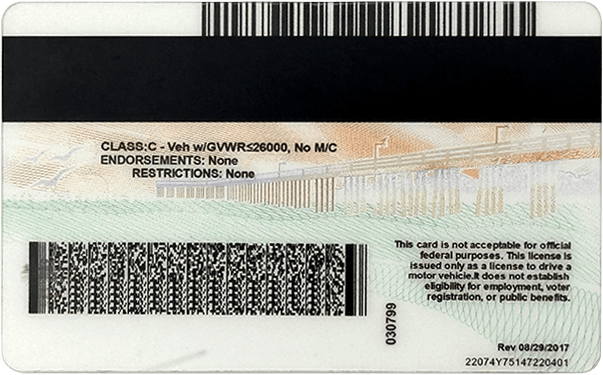
Problem 3: Difficulty in Recognizing State – Specific Features
With a large number of states and their unique driver’s license designs, it can be difficult for staff to keep track of all the state – specific features. This may result in overlooking fake licenses that mimic the design of a particular state.
Solution: Create a reference guide or database that lists the key features of driver’s licenses from different states. This guide can be in a digital or printed format and should be easily accessible to staff. Conduct regular quizzes or training sessions focused on state – specific features to reinforce staff knowledge. Encourage staff to share any new or interesting information they come across about different state licenses.
Problem 4: Similar – Looking Photos
Sometimes, the photo on a fake license may look similar enough to the person presenting it to pass a casual inspection. This can make it difficult to determine if the license is real or fake.
Solution: Staff should be trained to look for more than just a general resemblance. They should pay attention to fine details such as the shape of the ears, the texture of the skin, and any unique facial markings. Encourage staff to ask the license holder to remove any headwear or glasses that may be obscuring their face for a better comparison. If there are still doubts, consider asking for additional forms of identification.
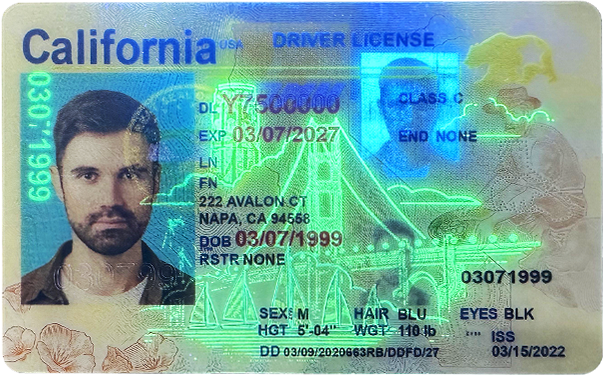
Problem 5: Over – Reliance on ID Scanners
Some event venues may rely too heavily on ID scanners and neglect visual inspection and other verification methods. This can be a problem if the scanner malfunctions or if the fake license is designed in a way that can bypass the scanner’s detection.
Solution: Emphasize the importance of a multi – pronged approach to ID verification. Staff should be trained to use ID scanners as a supplement to visual inspection, cross – referencing information, and knowledge of state – specific features. Remind staff that scanners are not foolproof and that a combination of methods is the best way to ensure the authenticity of driver’s licenses.
Problem 6: Difficulty in Verifying International Driver’s Licenses
For events that attract international attendees, verifying the authenticity of international driver’s licenses can be challenging as they have different designs and security features compared to domestic licenses.
Solution: Provide staff with training on the common features of international driver’s licenses from different countries. Create a resource that lists the key elements to look for in international licenses, such as language – specific text, unique symbols, and security features. Consider partnering with local embassies or consulates to get more information about the authenticity of international licenses if there are doubts.
Problem 7: Changing Fake ID Technologies
Fake ID manufacturers are constantly evolving their technologies, making it harder for event venues to keep up and detect fake licenses.
Solution: Stay updated on the latest trends in fake ID production through industry news, security forums, and law enforcement bulletins. Share this information with event venue staff during training sessions. Continuously update the training curriculum to include new detection methods and features to watch out for. Consider investing in advanced ID verification technologies that can adapt to new fake ID threats.
Fake ID Pricing
unit price: $109
| Order Quantity | Price Per Card |
|---|---|
| 2-3 | $89 |
| 4-9 | $69 |
| 10+ | $66 |


